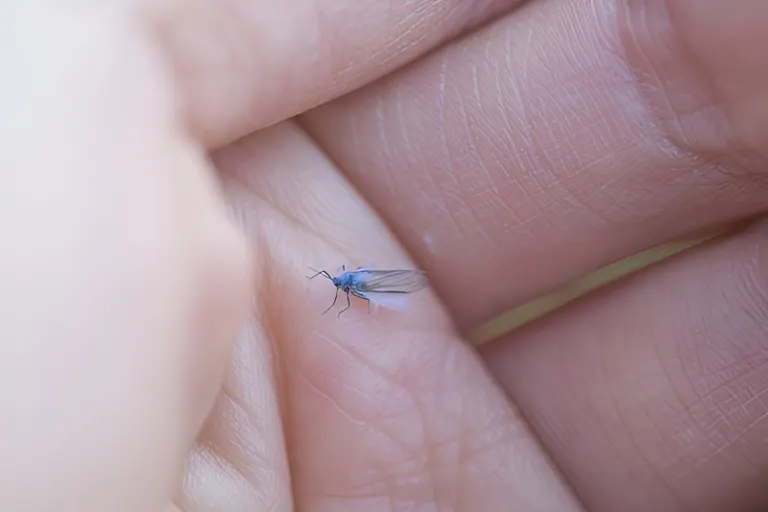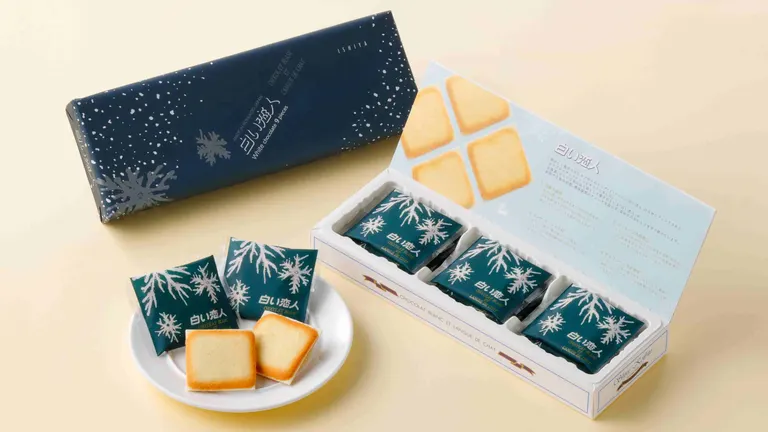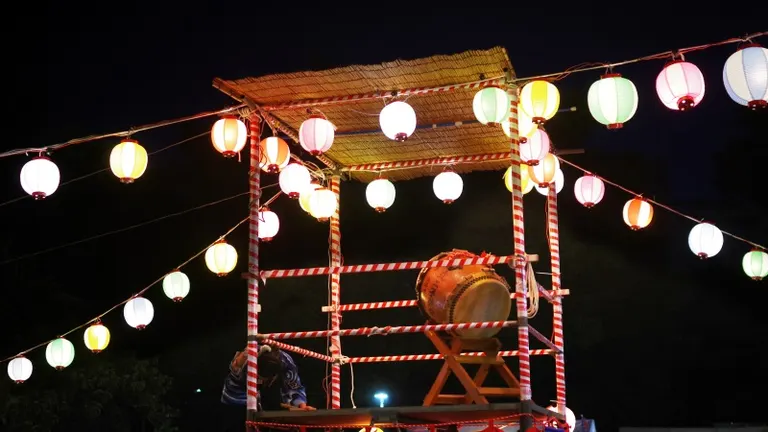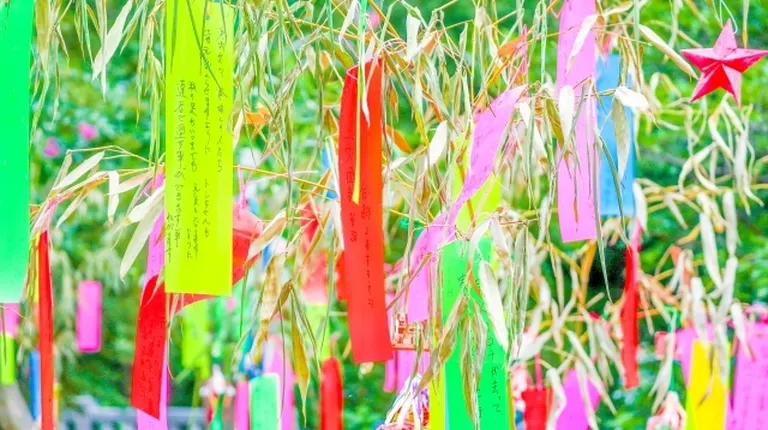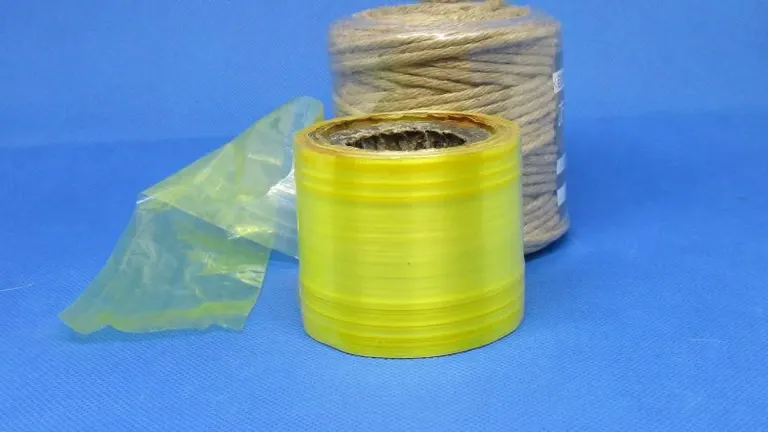
ARTICLES
Sabio, Suzuran Tape, Garbage Station... Is this Hokkaido dialect? A collection of names for things that are only understood in Hokkaido
Here are some names for things that are commonly used in Hokkaido. But they might not be understood nationwide...! This time, we will introduce some surprising names for things that are only understood in Hokkaido.
1. Savio
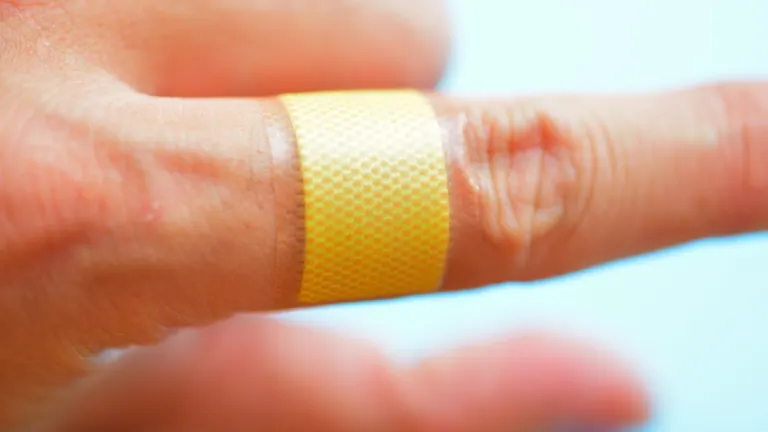
Hokkaido residents call bandages "Sabio" without a second thought. Many people have been told to "put Sabio on" when they were injured. Sabio is the brand name of a bandage released by Nichiban in 1963. It was discontinued in 2002, but was revived in 2020, but is limited to the Hokkaido area! The day when Sabio will be a regular item in Hokkaido's medicine cabinets again may be approaching.
2. Lily of the valley tape
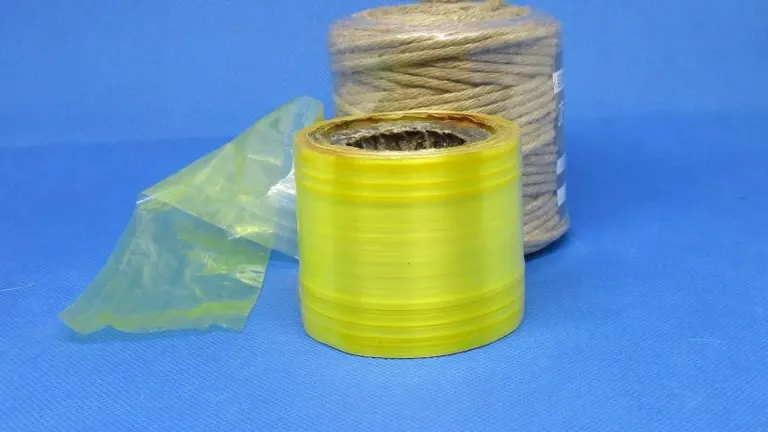
Hokkaido residents call the colored vinyl tape used for bundling newspapers "Lily of the Valley Tape." This was also originally a product name, but the factory that produced this product at the time was in Sapporo, and it is said that the name was chosen after the lily of the valley, the flower of Sapporo. Pompoms used at school sports days and other occasions were often made with this lily of the valley tape.
3. Garbage Station
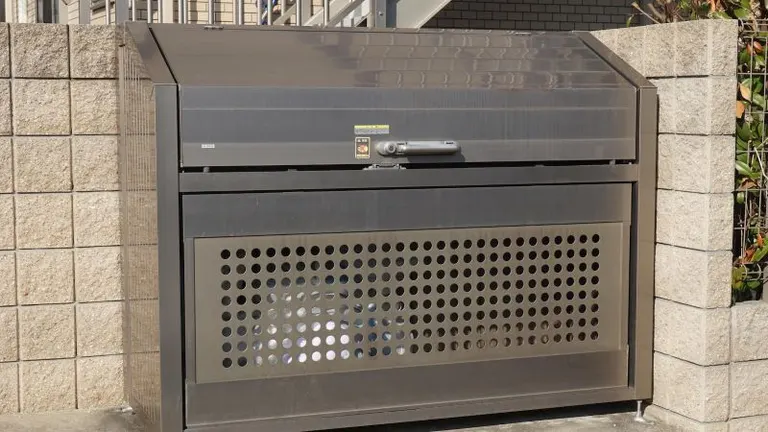
A garbage station is a collection point where garbage, mainly from households, is left until the garbage truck comes to collect it. It is not a train station! In Hokkaido garbage collection sites, there are boxes to put garbage in as a measure against birds and animals, and these boxes are the "garbage stations." This is not only called this in Hokkaido, but also in some parts of Honshu.
4. Mama Dump Truck
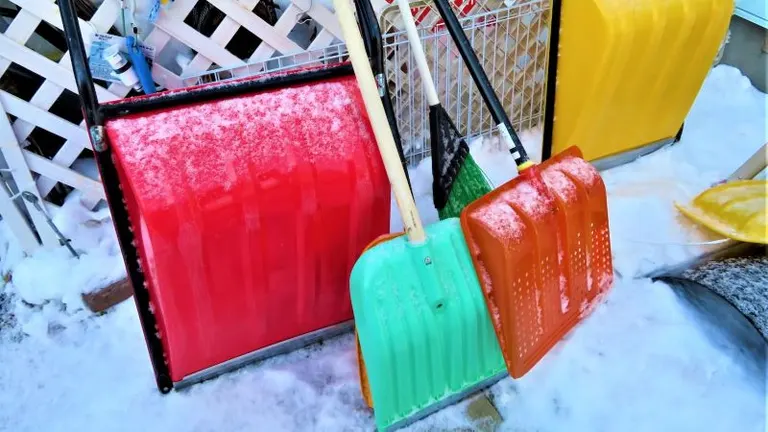
The "Mamasan Dump" is a product that is extremely useful in the winter. Its official name is "Snow Dump." In the past, many men went to work away from home during the winter farming off-season, and shoveling snow was the job of the women who stayed behind. This product was named after the idea that it would make it as easy for women (mama) with weak strength to shovel snow as with a dump truck. In recent years, there are a wide variety of types, including the "Papasan Dump" that can carry even more snow, and ones with long handles that make it easier to carry things.
5. Ring Pull
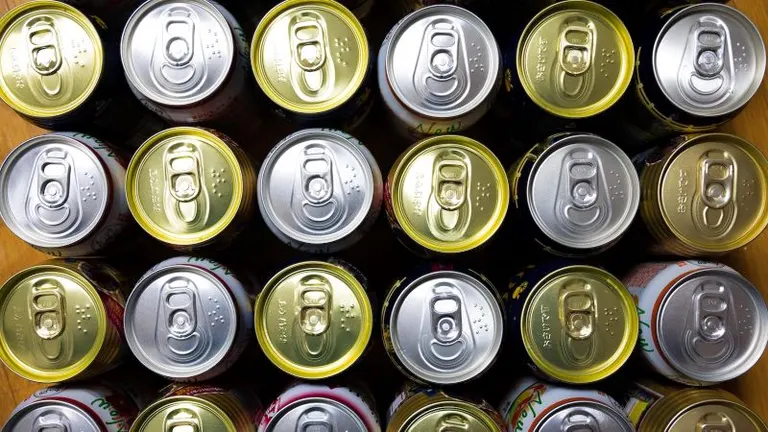
In Hokkaido, the ring part of canned juice or food is called a "ring pull." In other regions, it is called a pull top or pull tab. Today, the "stay-on-tab" style of cans is mainstream, where the ring does not come off the can even when it is lifted, but in the past, the lid was a type that you could remove by pulling up the ring and then removing it from the can, and this ring was called a "ring pull," so this name is thought to be a remnant of that. Many Hokkaido residents may find this surprising.
6. Derek
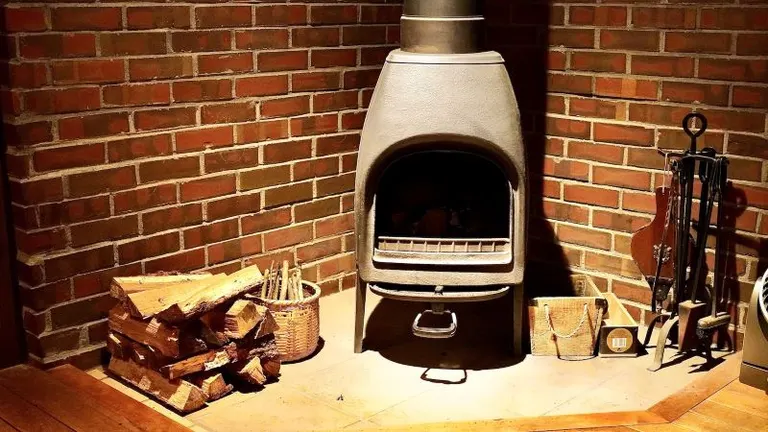
Hokkaido residents have always called the "fire poker" used to add firewood to a wood stove and open and close the lid "derekki." Now that kerosene stoves are mainstream, you may not see them very often. There are various theories about the origin of the name, including the Dutch "dreg" (to pull) and the English "derrik" (a type of derrick crane).
All of these are also in Hokkaido dialect!?
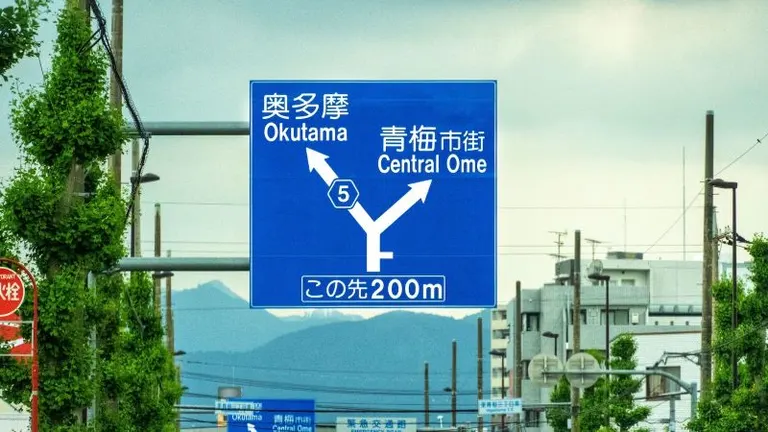
The "blue signs" you often see on national highways are also abbreviated to XXX in Hokkaido.
It is often the case that the names of things that we casually call in Hokkaido are actually dialect names only when we travel to other areas. When you suddenly find out that the names are different in conversations with people from other areas, you can get a glimpse of each other's regional characteristics and have fun.
*Image is for illustrative purposes only.
Writer Profile
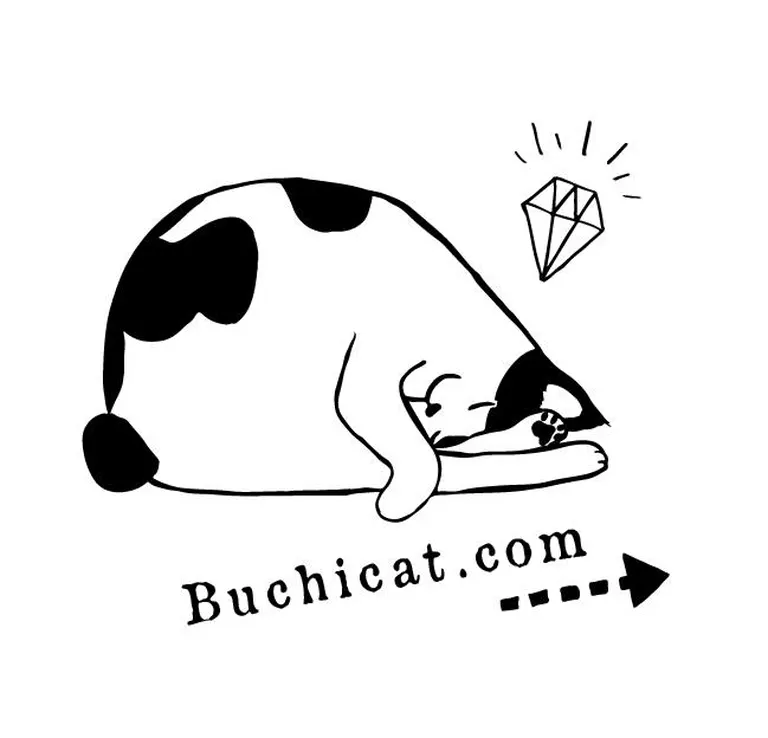 Hokkaido Tourism Camera Writer
Team Buchineko
Hokkaido Tourism Camera Writer
Team Buchineko
Team Buchi Neko has many connections to Hokkaido's tourist spots and facilities. There are many wonderful resources in Hokkaido that we take for granted when we live there. We will spread the word about the charms of this wonderful Hokkaido.







